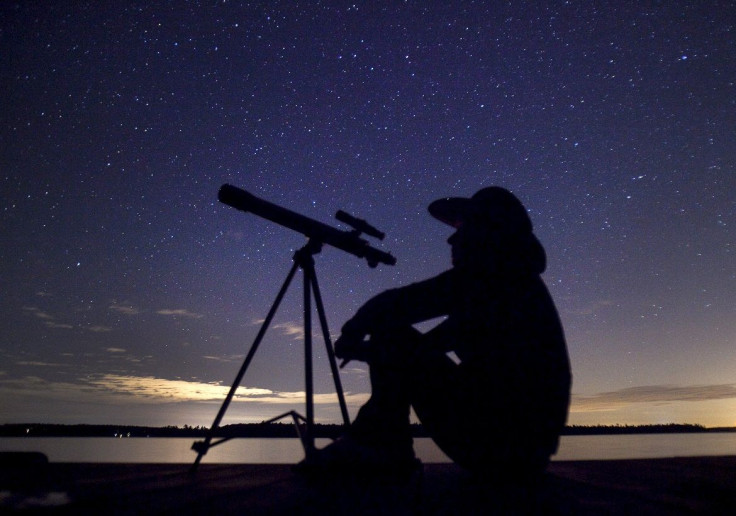Eta Aquarid meteor shower 2016: When and where to watch the meteor shower in Australia

Australians will have an excellent view of the meteor shower on Friday. The Eta Aquarid meteor shower will be viewed in the mornings of May 5 and 6, and people in the southern hemisphere will get to see the celestial event.
Meteors, or shooting stars, this week has a relatively broad maximum, which, according to Earth Sky, means skywatchers can view it the day before and after the predicted peak of May 6. Called one of the finest showers of the year, the Eta Aquarid is expected to show a number of meteors from the wee hours before dawn on May 5 and 6.
The Eta Aquarid can produce about 20 to 40 meteors per hour in the dark sky when viewed from more southern latitudes. At northerly latitudes (northern US, Canada and Europe), the number of meteors per hour is lower at only 10 to 20.
What is Eta Aquarid
The Earth crosses the orbital path of the famous Halley’s Comet in late April and May, allowing us to see the meteor shower during this time. This comet leaves debris and pieces, which light up the night time and are called the Eta Aquarid meteors.
These meteors are traced back to a certain point in front of the constellation Aquarius the Water Bearer. As Earth Sky explains, this point on the sky’s dome, called the radiant of the meteor shower, nearly aligns with the faint star Eta Aquarii, hence the name of Eta Aquarid.
When and where to watch in Australia
As Eta Aquarid favours the southern hemisphere, Australians, as well as many people in South America, a few in South Africa and those stationed in Antarctica, will have the best view of the sky phenomenon.
According to the ABC, the meteor shower is visible on the morning from May 6 to 8. It will peak at 6 a.m. AEST on May 6, though the best view will be seen on the mornings of May 7 and 8 from 4 a.m. to 5 a.m.
How to watch the Eta Aquarid meteor shower
Unlike viewing solar eclipse, there’s no special equipment required to watch a meteor shower. However, luck is needed because dark sky is required for the meteors to be visible. Fortunately, it would be a new moon on May 6, and therefore would ensure dark skies, best for viewing the meteor shower.
It’s advised to spend at least an hour watching the sky so the eyes will sufficiently adjust to the darkness.
Also read: Solar eclipse March 2016: Stunning images of the partial and total eclipse in Asia Pacific [PHOTOS]





















